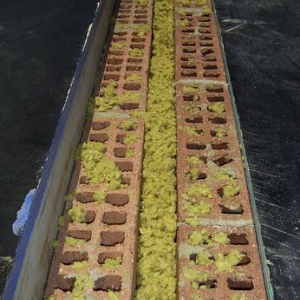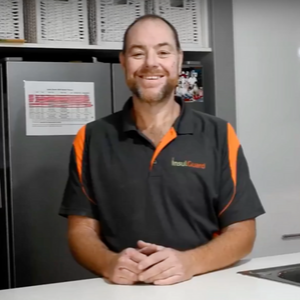Have you ever thought of what insulation material to choose for your home? If so, you’ll know that there are a range of materials and systems available. One such insulation material is Rockwool. Many Australian homes have insulated using Rockwool; particularly Rockwool cavity wall insulation.
There are a few things you should know before you insulation your home with Rockwool to ensure you get the best most beneficial insulation for your home. This article will tell you what you need to know about Rockwool cavity wall insulation.
If you’re looking for cavity wall insulation, Rockwool is a commonly used material. At InsulGuard, Rockwool is the primary material in our Sound Shield.
Before you choose Rockwool cavity wall insulation, it’s important to look at the benefits and potential draw backs of the product.
Pros
Environmentally Friendly: Rockwool cavity wall insulation is made from naturally occurring volcanic rock. This makes the insulation and environmentally friendly, sustainable and durable solution.
Thermal Performance: Up to 25-30% of heat transfer can occur through the walls of your home. The fibres of rockwool insulation create a thermal break, protecting your home from external temperature variations. Rockwool cavity wall insulation increases the thermal performance, making your home more energy efficient.
Noise Reducing: When comparing cavity wall insulation, Rockwool sets itself apart with it’s noise reducing qualities. Keeping noise out from noisy neighbours, or creating a quiet area of your home give peace of mind when choosing Rockwool.
Fire Resistant: Made from volcanic rock, Rockwool is fire-safe. In the event of a house fire, Rockwool will not catch fire nor contribute to the spread.
Cons
Installation Process: The major drawback of Rockwool cavity wall insulation is the installation process. Unlike other products (see: Cavity Shield), Rockwool needs to be injected directly into the walls. Due to the dense nature of Rockwool, this is done every 1.2m. This requires drilling into the wall and injecting the Rockwool cavity wall insulation under pressure.
This installation method is normally done from the exterior of the home. The drilling is done directly into the brick joint lines, creating an approximately 50mm hole. These can then be patched up with fresh mortar, leaving your home as good as new. On rare occasions, like our Mount Hawthorn Sound Shield installation, we drill and patch the wall internally.
Now that you know about Rockwool, you’re ready to explore cavity wall insulation for your home with all the options. Make sure you compare Rockwool Sound Shield with Cavity Shield.

